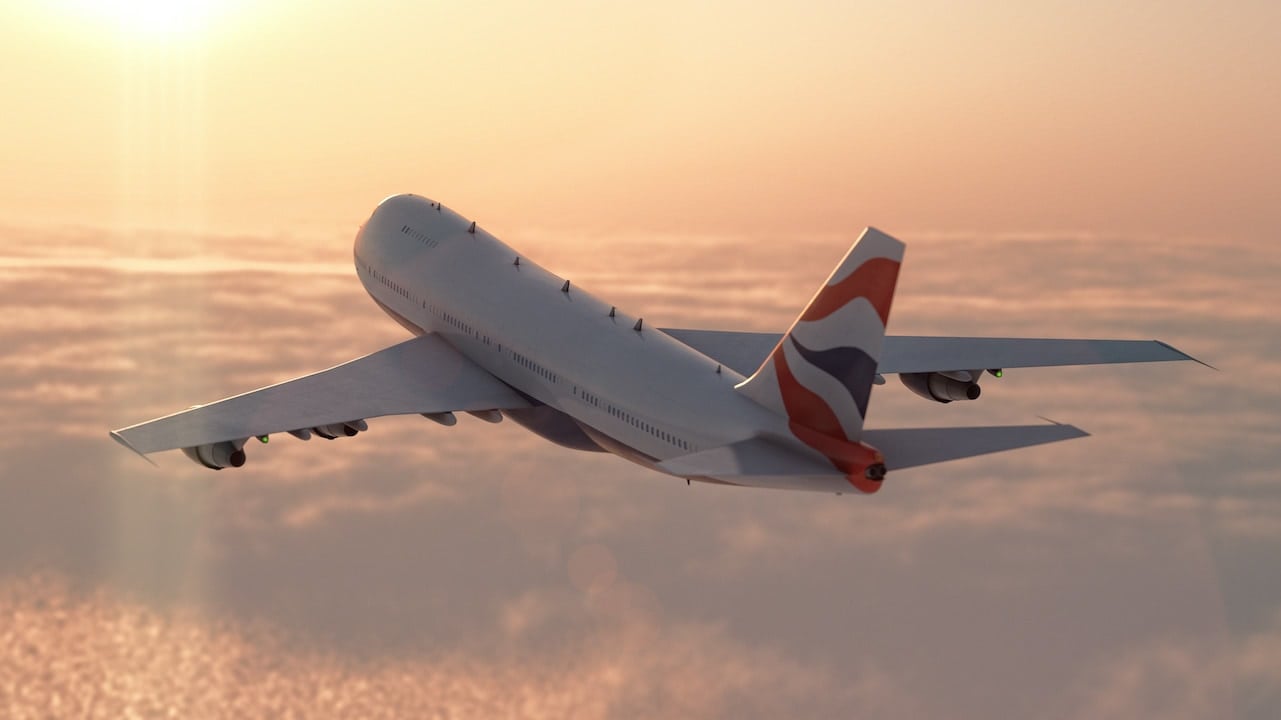You may not have known it, but depending on their intensity, there are several levels of turbulence:
Mild turbulence
This is the most frequent degree of aircraft shaking and is perceived as a slight vibration. Minimal changes in aircraft altitude are observed, fluctuating between 0.05 and 0.2g.
Medium turbulence
Causes moderate adjustments in aircraft attitude and/or altitude and may make walking difficult. In addition, the speed of the aircraft varies, from 0.2 to 0.5 g.
Severe turbulence
This type is less common. It generates abrupt changes in aircraft altitude and attitude, and large fluctuations in aircraft speed, from 0.5 to 1.5g.
Extreme Turbulence
Turbulence of this degree is extremely unusual. It involves drastic changes in aircraft speed, attitude and velocity, exceeding 1.5 g.
Confused about the concept of a g-number? Check out our article on what a g-force is!



